Today's core language
Toshiba said on Friday that it is considering selling some of its shares in the semiconductor division to raise funds for a long-delayed accounting scandal. Toshiba CEO Masashi Muromachi said that Toshiba intends to sell part of the chip division by listing on the stock market or by trading with other companies.

First, the semiconductor
1. Toshiba is considering selling some shares in the chip division. Toshiba said on Friday that it is considering selling some of its shares in the semiconductor division to raise funds for a long-delayed accounting scandal. Toshiba CEO Masashi Muromachi said that Toshiba intends to sell part of the chip division by listing on the stock market or by trading with other companies. In recent years, the semiconductor division has been a major source of revenue for Toshiba as Toshiba's personal computer, consumer electronics and nuclear power projects have deteriorated. Muromachi said at a press conference that Toshiba will hold the chip division and there is no upcoming sale. He said: "The chip department is the core department of Toshiba, so our group will not completely abandon the department."
2, Ziguang shares in South Korea Hynix Semiconductor was rejected. On the afternoon of November 27th, Beijing time, a spokesman for Korean chip maker SK Hynix said today that the company rejected the cooperation agreement of Ziguang Group, but did not provide detailed information. Recently, some media reported that Ziguang Group plans to acquire up to 20% of the shares of Hynix. However, the spokesman declined to comment. A spokesperson for the Ziguang Group said that the company has not paid attention to related matters. SK hynix shares rose 8.4% on Wednesday and Thursday, but fell 0.6% on Friday afternoon. The Ziguang Group spent $23 billion earlier this year to negotiate with the Micron Group, which was also rejected. But people familiar with the matter said the company has not given up the deal.
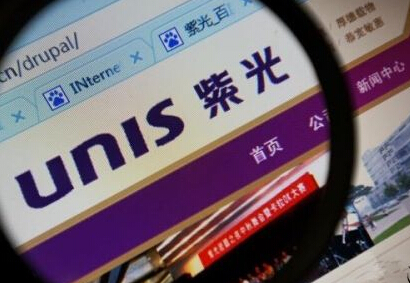
Second, intelligent hardware
1, the new MacBook Air first exposure: shape change / screen size upgrade. It seems that Apple in 2016 will be very busy. In addition to the iPhone 7 and MacBookAir, we will meet you in a new shape. It is also ready for the 4-inch version of the new iPhone. Now, the Taiwan industry chain has given the news that the new MacBook Air will undergo a big change in appearance, it will be thinner and lighter than before, and its performance will be enhanced. The report emphasizes that the new MBA internal design, metal casing, battery/heat module, panel, etc. must all be upgraded. 11 inches will be canceled, because the new opportunities are 13-inch and 15-inch versions. So, in order to give way to the iPad Pro, Apple's 11-inch MBA is also enough.
2, muscle monitor: you can convert sign language and action into text. Researchers at the Biomedical Engineering Department at Texas A&M University have developed an intelligent muscle monitor that converts muscle vibrations into text. Although it is not uncommon to be able to translate real-time translation software and devices into one language, the device that can shake the muscles of the arm into words can be called "the first person to eat crabs". Absolutely "nothing in the past." This muscle monitor has a built-in sensor tracker that tracks the user's arm/wrist and muscle movement data, then decodes the collected data, translates it into text and transmits it directly, and transmits it to a computer or smartphone via Bluetooth. .
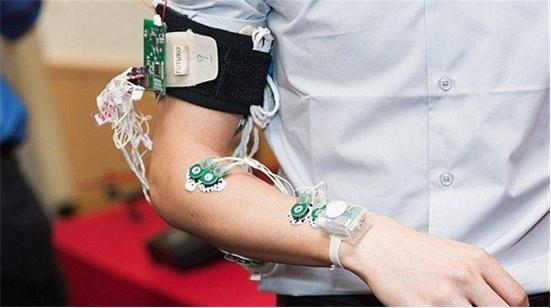
Third, automotive electronics
1. Since then, no car king Formula E has launched a driverless racing car. According to TNW, Formula E recently reached a partnership with investment company KineTIk and promoted the world's first driverless car race. The competition will be officially held in 10 in 2016. The first electric formula race car has a top speed of 140 mph (225 km/h). There are currently 10 teams participating in the competition. Each team has two cars and each car has a top speed of 180 mph (289 km/h). There will be 20 electric cars per game and the same specifications will be used. Because all vehicles have the same performance, fleet engineers and programmers focus on the optimization of autonomous driving and make each car more "smart".
2. Google's new patent for driverless cars: Let me tell the pedestrian how to go. In the morning of November 30, Google obtained a patent last week. The patent describes a way for driverless cars to communicate with surrounding pedestrians. In the future, Google driverless cars can report their driving intentions to their surroundings. A big problem with Google's driverless cars is that the driving behavior of the car is very conservative. This may cause the vehicle to be blocked at the intersection, forced to wait for other vehicles to make room, or it may cause the vehicle to travel very slowly, and may even be intercepted by the traffic police.
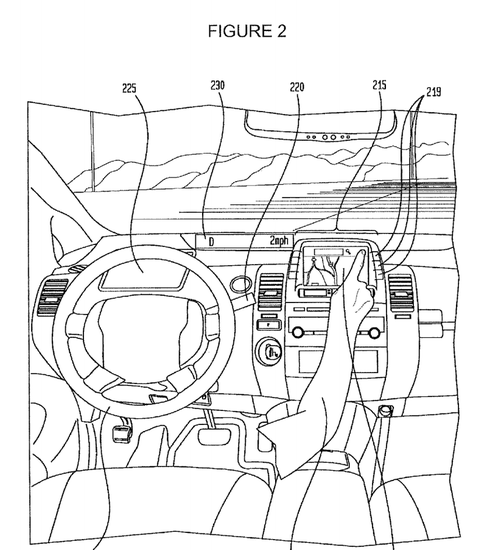
Four, drone
1. Amazon announced the latest "Prime Air" drone prototype. Amazon announced the latest "Prime Air" drone prototype. Amazon announced the latest developments in the "Prime Air" (Gold Member Air) drone delivery service on Sunday. Amazon launched the "Prime Air" program in 2013, which was a big joke when it was teased by many people. On the latest update of Amazon's "Prime Air" login page, Amazon announced the latest design of the "Prime Air" drone: the Prime Air drone prototype. Amazon said the company is currently testing drones at R&D centers in the US, UK and Israel. The company's chief executive, Jeff Bezos, has said that the UK may become one of the first pilot countries for the "Prime Air" drone delivery service.
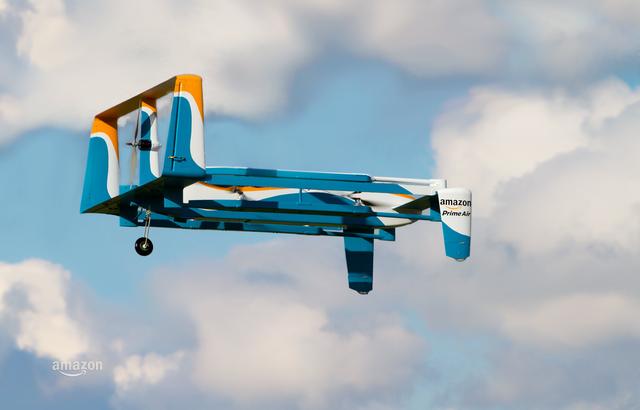
V. Communication News
1. Google is about to test the hot air balloon WiFi and has applied for a license from the FCC. Google's "Project Loon" is a project being rolled out by Google X Labs. Recently, according to Google’s new filing with the Federal Communications Commission (FCC), Google may be preparing to test its hot air balloon for network transmission next year in the United States. The Project Loon program is to deploy a large number of hot air balloons in the atmosphere stratosphere, in this way to build a wireless network, providing wireless network services to the region lacking the corresponding communication infrastructure in the world.
2. The United States no longer monitors domestic communications on a large scale: the international market is still rampant. The US National Security Agency officially terminated the previously controversial large-scale, indiscriminate monitoring of US domestic telephone recording projects at 0:00 on the 29th (Beijing time at 13:00 on the 29th) and turned to monitoring suspicious persons in specific areas. In June this year, the US Congress passed the "American Freedom Act" bill to amend the domestic surveillance project in the "Patriot Law" passed after the "9-11" terrorist attack, requiring the US government not to fully monitor it since November 29. In the US domestic telephone records, the government can only obtain the relevant telephone records of specific suspects from the communication company only after obtaining the approval of the court.
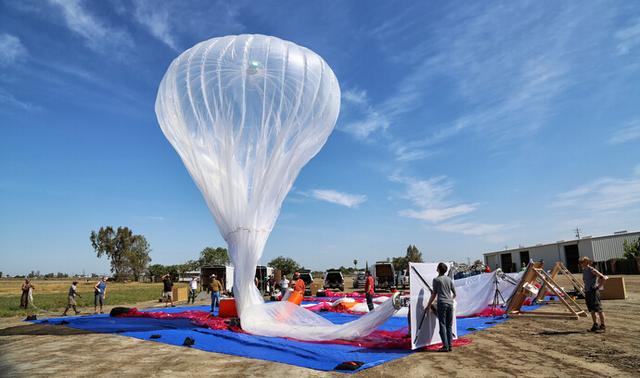
Zinc Rod high purity of over 99.995% was widely used in vacuum coating and other purposes.
Zinc Rod
Zinc Rod,Pure Zinc Rod,Zinc Anode Rod,Zinc Welding Rod
Shaoxing Tianlong Tin Materials Co.,Ltd. , https://www.tianlongspray.com